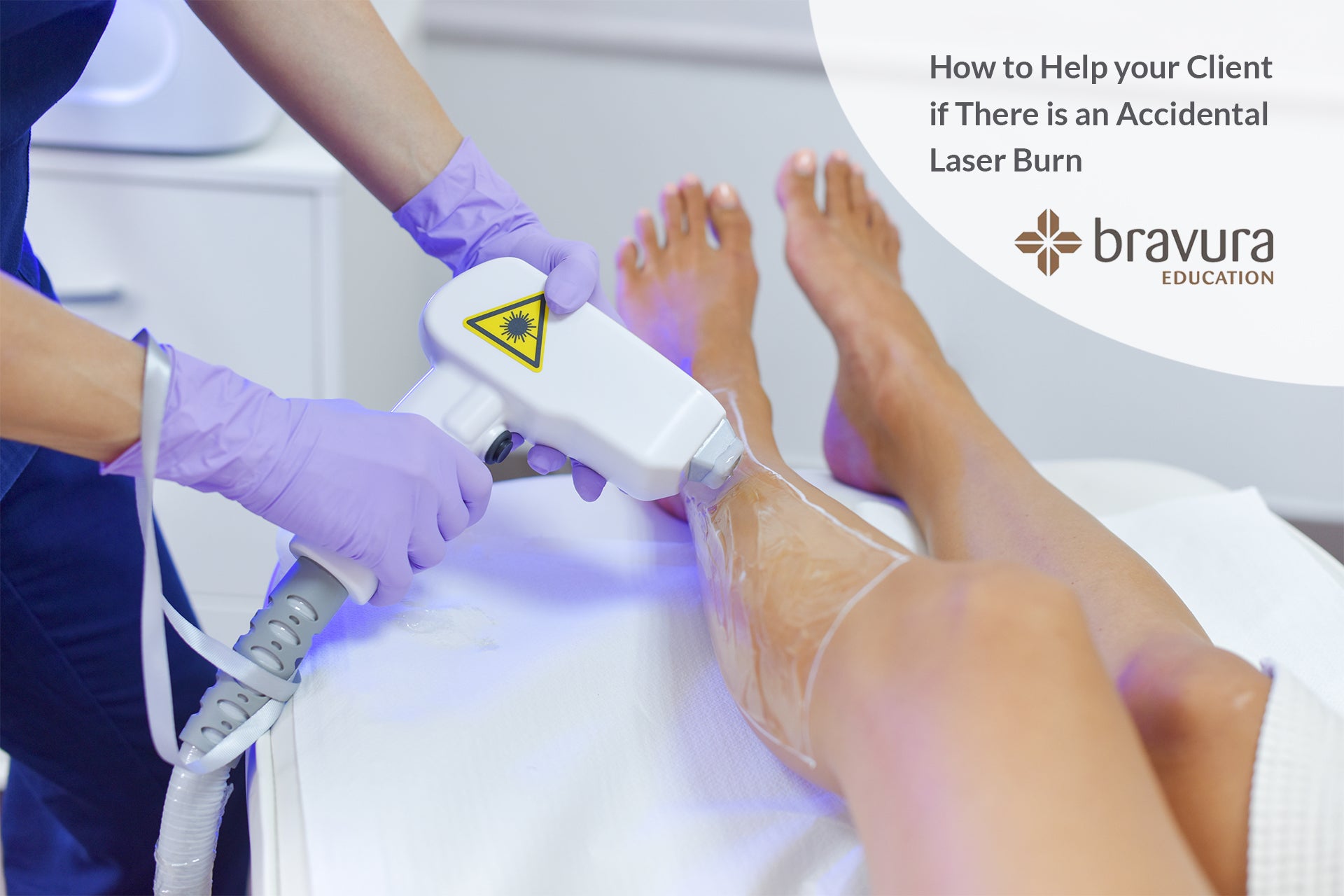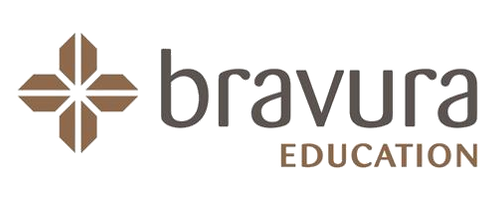
How to Help your Client if There is an Accidental Laser Burn
Burning a client is your worst nightmare but with a strategy in place to prevent and manage this you will be able to respond quickly and professionally.
A burn or blister is NEVER the desired result of laser and IPL treatments but from the media and limited government reporting data we know they occur with scandalous monotony. It is also suspected that adverse outcomes such as these are grossly under-reported too.
First and foremost, do a test patch to check how the skin responds to the therapeutic parameters you set (the "settings") and to check your client's comfort level.
Where the discomfort from treatment is more than mild, stop. Don't be afraid to have an open conversation with your client about your concerns and also contact your insurer. Take a photo of the injury.
Here's what we do know from the wound care experts about managing burns in the short term (1):
FIRST AID
- Cold running water, should be applied as soon as possible after the burn injury has occurred and for 20 minutes duration
- Aloe Vera and Burnaid®/hydrogels do not appear to give beneficial wound healing effects and but may provide pain relief.
PROFESSIONAL MEDICAL ATTENTION SHOULD BE SOUGHT FOR:
- any burns involving the face, genitals, perineum or hands (the size of these burns is unclear but we suspect anything larger than 3-5mm might be of concern to a client)
- burn in other areas larger than a 50c coin (3cm diameter circle)
- burns which appear white or chalky, with decreased pain sensation, these ones are deep and serious.
Keep in close contact with your client until the issue if fully resolved.
The minimum education standards for using cosmetic laser or IPL is a laser safety certificate that addresses light physics, regulation, safety, systems and practice. When one of these is done, adverse outcomes should be reduced as the skill and capabilities of the operators are enhanced.
1. Cuttle L & Kimble RM (2010). First aid treatment of burn injuries. Wound Practice and Research,Volume 18(1).
Image: Patil & Dhami (2008). Overview of lasers. Indian J Plast Surg
Post Disclaimer
This blog post has been vigilantly researched and fact checked to ensure that it is accurate, reliable and up to date. You must keep in mind that errors and omissions may occur and that we welcome any feedback or corrections in this regard. We encourage you to do your own research to verify the accuracy and contemporary nature of the information presented.
